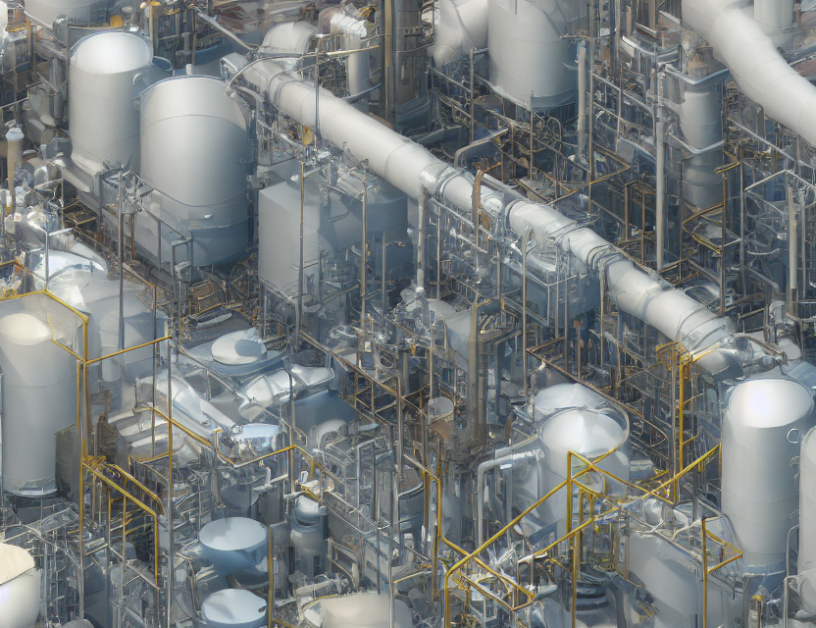In this article, we propose a novel imaging method to detect anomalies in electric circuits using Electrical Impedance Tomography (ERT). The proposed method is based on the concept of "Kernel Method," which involves evaluating the eigenvalues and eigenvectors of a matrix that combines the electrical conductivity of the reference configuration with the electrical conductivity of the actual configuration. By selecting an eigenfunction corresponding to a small eigenvalue, we can apply the power density distribution in the actual configuration as boundary data to approximate the reference configuration.
The proposed method is useful for detecting anomalies in electric circuits, such as carbon nanotube manufacturing, biological culture analysis, and semiconductor manufacturing, where the electrical conductivity of the material can change significantly. The method is also applicable to other fields, such as medicine and chemical process industry, where ERT can be used to detect changes in tissue or fluid properties.
The imaging method consists of two steps: (1) evaluating the eigenvalues and eigenvectors of the matrix ΛσD ´ Λσbg , and (2) selecting an eigenfunction corresponding to a small eigenvalue as boundary data to approximate the reference configuration. The proposed method is more accurate than traditional ERT methods because it takes into account the changes in the electrical conductivity of the material, rather than assuming a constant conductivity throughout the process.
In summary, the Kernel Method is a novel approach to detect anomalies in electric circuits using ERT. By combining the electrical conductivity of the reference configuration with the actual configuration, we can create an accurate image of the electrical properties of the material, allowing for the detection of changes and irregularities in real-time. This method has numerous applications in various fields, including medicine, chemical process industry, and semiconductor manufacturing, making it a valuable tool for scientists and engineers alike.
Mathematics, Numerical Analysis
Noise Impact on Eigenvalues of Key Operator in Chemical Process Industry



